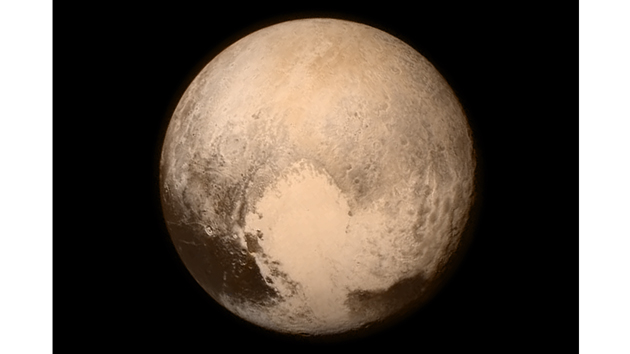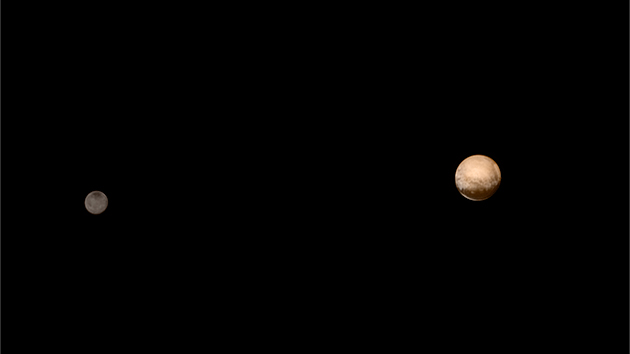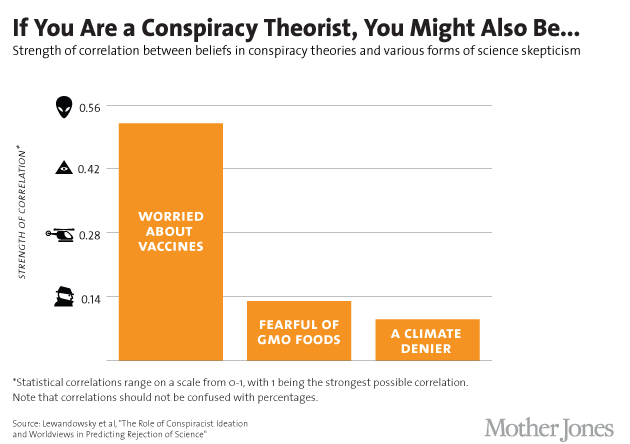This morning’s historic, high-tech NASA flyby of Pluto has already taken place, and now we Earth-bound humans must wait for a signal that the New Horizons spacecraft has successfully danced its intricate dance near the dwarf planet and its moon, Charon. This mission has literally taken years: it launched over nine years ago. But in a bigger sense, it’s been more than five decades in the making.
“It’s a moment of celebration,” said Alan Stern from Johns Hopkins University, one of the mission’s principle scientists, during a live broadcast from the Maryland mission headquarters on Tuesday morning. “We have completed the initial reconnaissance of the solar system, an endeavor started under President Kennedy more than 50 years ago.”
In May 1961, President John F. Kennedy stood in front of a joint session of Congress (above) to declare: “I believe that this nation should commit itself to achieving the goal, before this decade is out, of landing a man on the moon and returning him safely to the Earth.” The motivation was not entirely idealistic. The nation was in the grip of a space-race with the Soviet Union, and Kennedy wanted America to hurry the hell up. The Soviets had sent Sputnik, the first artificial satellite, into space in 1957, followed in 1961 by cosmonaut Yuri Gagarin as the first human in space.
Kennedy’s speech set in motion NASA’s manned space flight program, and by the end of the decade, Neil Armstrong stepped out onto the moon and planted the American flag.
But the president’s speech didn’t just call for putting man on the moon. He also wanted more money to fund America’s research into nuclear rockets and unmanned missions, which he said would provide “a means for even more exciting and ambitious exploration of space, perhaps beyond the moon, perhaps to the very end of the solar system itself.” Obviously, Kennedy could not fathom the technology that would send the the New Horizons craft to Pluto. It’s being powered by an electrical unit known as a “radioisotope thermoelectric generator” which converts the heat of 24 pounds of plutonium into a amazingly tiny amount of wattage. The craft’s thrust through space was mainly provided by the sheer propulsive energy of its actual launch (with a little help from Jupiter as a slingshot along the way.) Nevertheless, Kennedy’s words feel especially prescient today, as we wait to experience the final frontier of our vast solar system, by plunging at last through the Kuiper Belt.
Kennedy was right about another thing, too: “Space is open to us now; and our eagerness to share its meaning is not governed by the efforts of others. We go into space because whatever mankind must undertake, free men must fully share.”












